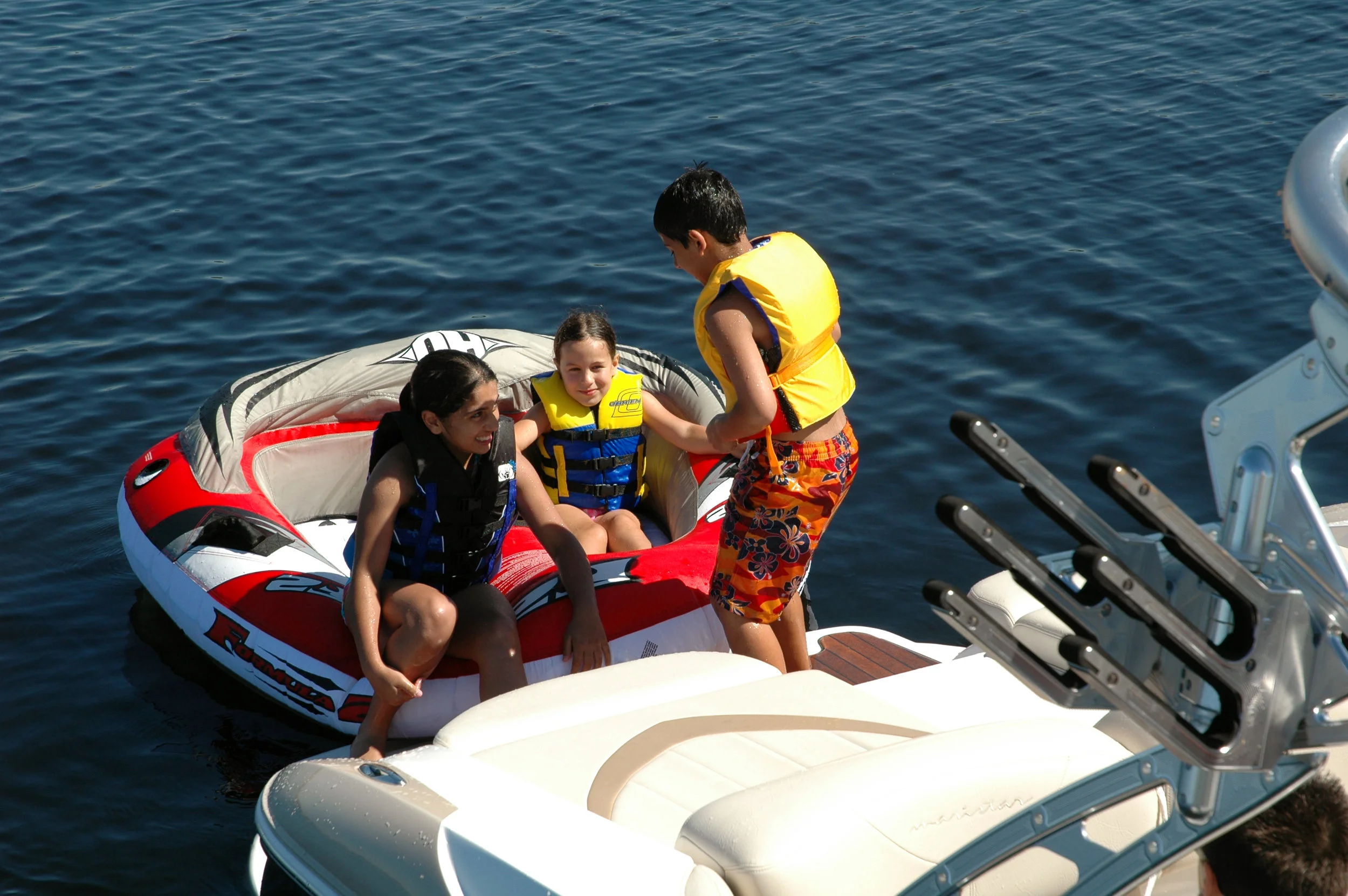Rescues involving others can be physically and emotionally demanding for both the rescuer and victim. Your safety is your primary and ongoing priority in a rescue.
TALK
From a dry, safe position, talk to the victim and encourage him or her to safety. Tell the victim to "keep your head up, kick your feet, and grab the side." Eye contact and positive encouragement can have immediate results on a victim at close range, without putting you in any danger.
THROW
From a dry, safe position, throw a buoyant assist to the victim, and talk them back to safety. Remember that wind and waves make it harder to throw with accuracy,
REACH
From a dry, safe position, reach with an assist to the victim and pull him or her to safety. Keep your centre of gravity low and anchor yourself by holding onto a solid object such as a tree root, ladder, or dock. This will help you from being pulled into the water.








